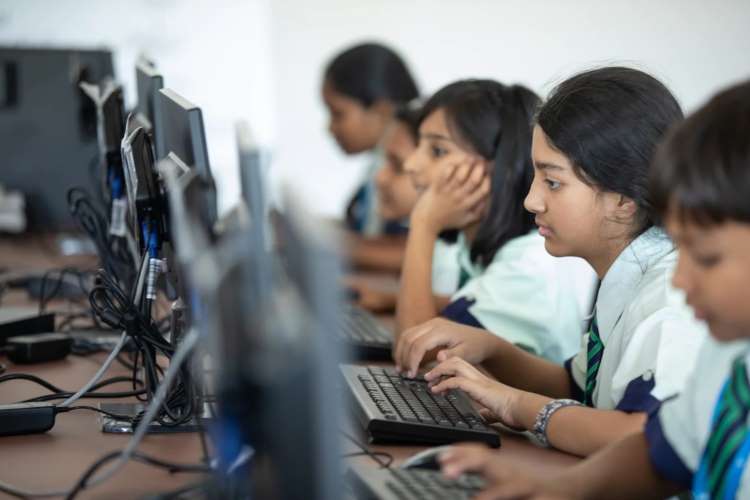
NSO data on unemployment rate: It appears that the economy continues to buck the blues induced by the coronavirus pandemic as there is a dip in the unemployment rate in the country for the fifth consecutive quarter. The same has dropped 7.2% in the July to September quarter this year, as against the 9.8% in the same period last year, according to the latest data released by National Statistical Office (NSO). Compared to last quarter this year, the unemployment rate in April to June quarter stood at 7.6%, according to data from the 16th periodic labour force survey (PLFS).
The jump in the labour force participation is indicative of healthy economic recovery which is a silver lining at a time when India, along the world, is witnessing challenging geopolitical circumstances. The unemployment rate is defined as the percentage of persons unemployed among the persons in the labour force. This includes economic activities for the production of goods as well as services.
The government released data comes right after a report by a private think tank Centre For Monitoring Indian Economy (CMIE) which showed that India’s unemployment rate surged to 7.77% in October as compared to a four-year low of 6.43% in September. As per the CMIE report, this was due to a significant rise in the rural unemployment rate. Rural labour participation rate (LPR) improved by 0.29 percentage points in September. The same report also said that the labour participation rate (LPR) witnessed a drop of 39.3% in September to 39% in October.
READ | The recession and aftermath: Five trends that will shape of the next cycle
What does the NSO data say?
Amongst females aged 15 years and above in urban areas, the unemployment rate dropped to 9.4% in the July to September period this year. The same stood at 11.6% in the comparable period a year-ago. When compared to the previous quarter this year, the unemployment rate amongst females in urban areas stood at 7.6%.
For males, the unemployment rate amongst males in urban areas has fallen by 6.6% in the July to September quarter as against 9.3% in the same period last year. The unemployment rate amongst males in urban areas stood at 7.1% in the April to June period this year.
The unemployment rate in current weekly status terms for all ages in the September quarter (second quarter or Q2) of FY23 is also the lowest unemployment rate recorded in more than four years.
Recently, Prime Minister Narendra Modi attributed the rising employment rate to various government initiatives like ‘Make in India’ or ‘Vocal for Local’ have created employment and self-employment opportunities in the country. PM Modi also said that the government will continue to create more jobs for the Indian youth. The rise in employment has also been due to the Production link Initiative (PLI) scheme and has created new employment opportunities. In fact, nearly 60 lakh jobs are expected due to PLI only, he added.
Women participation lags behind
While the employment numbers are encouraging, the participation of women in the workforce remains dismal when compared to their male counterparts which is a problem for any country aspiring to reap the benefits of demographic dividend. India is currently at an inflection point and the inclusion of women in the labour workforce will only mean betterment for the economy. In light of the same, the Centre for Economic Data and Analysis (CEDA) recently launched an initiative to address the country’s plunging women LFPR. The CEDA said that over the past two decades, the LFPR of women has been steadily declining, despite an increase in their educational attainment.
NSO had launched India’s first computer-based survey in April 2017, considering the importance of availability of the labour force data at more frequent time intervals. Prior to the PLFS, the National Sample Survey Organisation or NSO under the Ministry of Statistics and Programme Implementation was enlisted to bring out the data related to employment and unemployment. This was based on household socioeconomic surveys once in five years.
